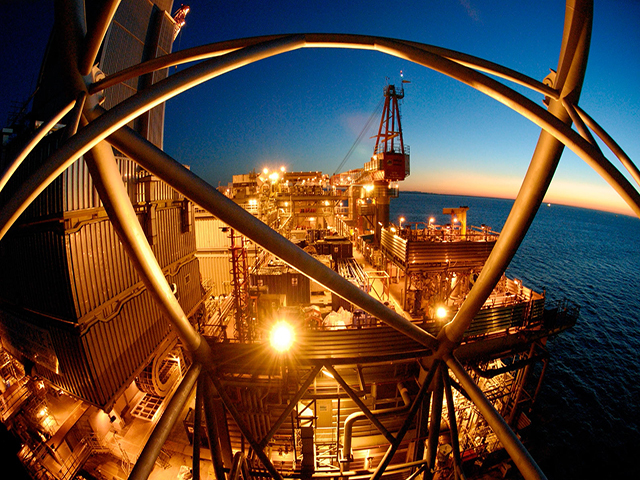
Russia’s second biggest oil and gas firm Gazprom is pursuing “major investment projects”, its board of directors has been told.
The company said the cash injection into new assets was “strategically important” for the future of Russia’s energy security.
Gazprom’s board have been updated on the construction of the the Power of Siberia gas trunkline, which will deliver gas from the Yakutia and Irkutsk gas production centers to Russia’s far east and China.
Construction and installation is underway along the pipeline’s priority section stretching from the Chayandinskoye field (Yakutia) to the Russian-Chinese border, near Blagoveshchensk.
As of the end of February, over 500 kilometers of the linear part have been built. The crossing under the Amur River within Power of Siberia’s cross-border section have now also entered the construction phase.
The pre-development of the Chayandinskoye field – the basis for the Yakutia gas production center – continues, with 40 new wells drilled in 2016 and works underway at the sites for comprehensive oil and gas treatment units.
And the construction of Russia’s largest gas processing plant – the Amur GPP – is in “full swing”.
The plant will recover components for the petrochemical industry from natural gas delivered from the Yakutia and Irkutsk gas production centers.
Efforts are being made to develop a gas production center in Yamal and to expand the northern gas transmission corridor
Production capacities at Bovanenkovskoye, the largest field in the peninsula, are also to be built up.
The Bovanenkovo – Ukhta 2 gas pipeline running for about 1,260 kilometers entered operation in January 2017. The construction of the Ukhta – Torzhok 2 gas pipeline is underway: it is planned to commission some 500 kilometers of its 970-kilometer-long linear part this year.
Another ongoing project provides for the expansion of gas transmission capacities in northwestern Russia within the area between Gryazovets and the Gulf of Finland.
The gas pipelines of the northern corridor form part of a new route for Russian gas exports to the European market, namely the Nord Stream 2 gas pipeline. The Nord Stream 2 project proceeds as planned, with both strings expected to enter service in the fourth quarter of 2019.
Active efforts are taken to construct the TurkStream gas pipeline across the Black Sea, a project aimed at ensuring reliable transit-free exports of Russian gas to southern and southeastern Europe.
As of today, Gazprom received a number of permits for the project from the Turkish authorities. The contracts to build two strings of the TurkStream gas pipeline’s offshore section were signed. Construction is scheduled to start in the second half of 2017.